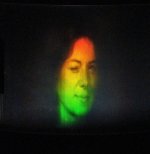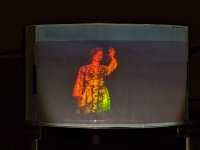Eidetical
Well-known member
- Joined
- May 14, 2022
- Messages
- 203
- Points
- 63
The Vintage Laser Archive is a collection of old lasers and related artifacts from the laser industry, mostly from the last century. There are currently more than 500 lasers (80% unique), about 200 components (power supplies, plasma tubes, and emitters), and over 300 related artifacts. There's also more than 600 holograms (going back to 1966), and over 500 related publications in the library.
The Google Site I was using to store pics and descriptions of the collection was shut down by Google, and everything has yet to be ported over to a new site I own. Until then, the old site was saved by The Internet Archive and can be viewed here: https://web.archive.org/web/20201018061048/https://sites.google.com/site/vintagelaserarchive/home
The Google Site I was using to store pics and descriptions of the collection was shut down by Google, and everything has yet to be ported over to a new site I own. Until then, the old site was saved by The Internet Archive and can be viewed here: https://web.archive.org/web/20201018061048/https://sites.google.com/site/vintagelaserarchive/home














